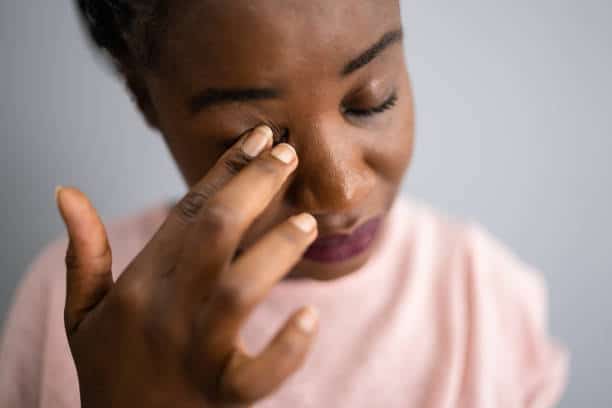
If you have experienced having a stye, you know the pain of this unsightly lump or pimple on your eye, whether it be the physical pain or the sight of it.
What is a stye?
A stye, also known as a sty or hordeolum, is a small, red, painful lump found along the edge of your eyelid that can last anywhere from several days to a week.
Adults, and even children and babies, can develop an eye stye.
Often filled with pus, the stye may appear to be like a boil or pimple and can be along the inner part of the eyelid or on the outer, external part of the eyelid.
Symptoms of a stye include:
- Burning or sore eyes
- Crusty eyelashes
- Hot, tender swelling
- Inflamed eyelids
- Itchy eyelids
- Tearing
Some individuals experience multiple or repeat occurrences of eye styes, which may be due to a condition called Meibomian gland dysfunction (MGD).
A chalazion may be the reason for the inflammation of the eye, due to a blockage in one of the small oil glands near the eyelashes. What makes the chalazion different from a stye is that it is usually not painful and more prominent on the inner lid of the eye.
Is an eye stye contagious?
An eye stye may be contagious as there can be transmission through direct contact. You will want to make sure that you do not rub or touch your eye while touching other things or people.
Washing your hands often, which is a good thing to do anyway, is wise as a person may touch or rub their eyes without
realizing it or thinking about it.
What causes an eye stye?
An eye stye most commonly comes from a bacterial infection or staphylococcus.
The external eye stye could be caused by the infection of eyelash follicles, the Sebaceous gland that prevents eyelashes from drying out, and the apocrine gland.
The internal eye stye may be caused when the meibomian glands become infected.
RELATED: Where Do Styes Come From?
How to prevent a stye
To prevent an eye stye, eyelid hygiene is important, especially if the stye is recurrent. This includes regular eyelid scrubs to remove cell debris and excess germs.
Avoiding the use of eye makeup or cosmetics around the eyelids may prevent a stye, as well as the use of contaminated towels.
Some may even be tempted to squeeze or pop the stye to get rid of it, but this is not a good idea; this may make the stye worse or cause other complications that are more serious, including:
- Causing a dark/pigmented scar on the eyelid
- Hardening or scar tissue development on the eyelid
- A pitting scar development on the eyelid
- Spreading the bacterial infection to other parts of the eye or eyelid
- Worsening the infection in the stye
In addition, there are other reasons for these stye-like bumps on the eyelid, including the chalazion, high cholesterol, skin cancer, and other infections.
How to get rid of a stye fast or overnight
An eye stye will go away on its own, not requiring any treatment, but here are a few do-it-yourself and/or home remedies that may speed up the healing process and help you get rid of a stye:
MUST READ: 5 Natural Ways To Improve Your Eyesight
- Coriander (cilantro) seeds – reduces swelling and healing time by being used in an eyewash
- Eyedrops and topical creams
- Guava leaves – provides remedial benefits by being placed in a clean cloth and placed over the stye
- Potatoes - turn into a paste to rub on the eye
- Warm compression (a teabag or washcloth) – reduces swelling and soreness
- Wash the eye using saltwater (add a teaspoon of salt to warm water)









